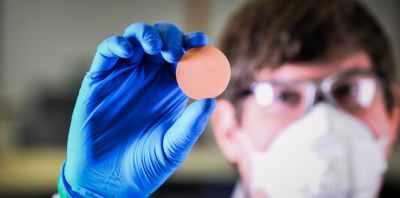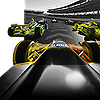The health and safety of our employees, customers, partners — and beyond — is always of utmost importance to us. During the COVID-19 pandemic, Ansys is also striving to positively contribute to the battle against coronavirus. Ansys is supporting the ongoing initiatives of our customers and partners. We are fully committed to helping affected communities through the use of our software, available resources and collective employee knowledge.
See below for a sampling of customer and partner initiatives that are underway in the fight against the virus, and additional educational resources.
Disclaimers
These simulations were designed to replicate physical behaviors under specific circumstances. They should not be considered medical guidance and do not account for environmental variants, such as wind or humidity.
To re-publish these simulations in online, print or social media, please credit simulations courtesy of ANSYS, Inc. unless otherwise stated.












